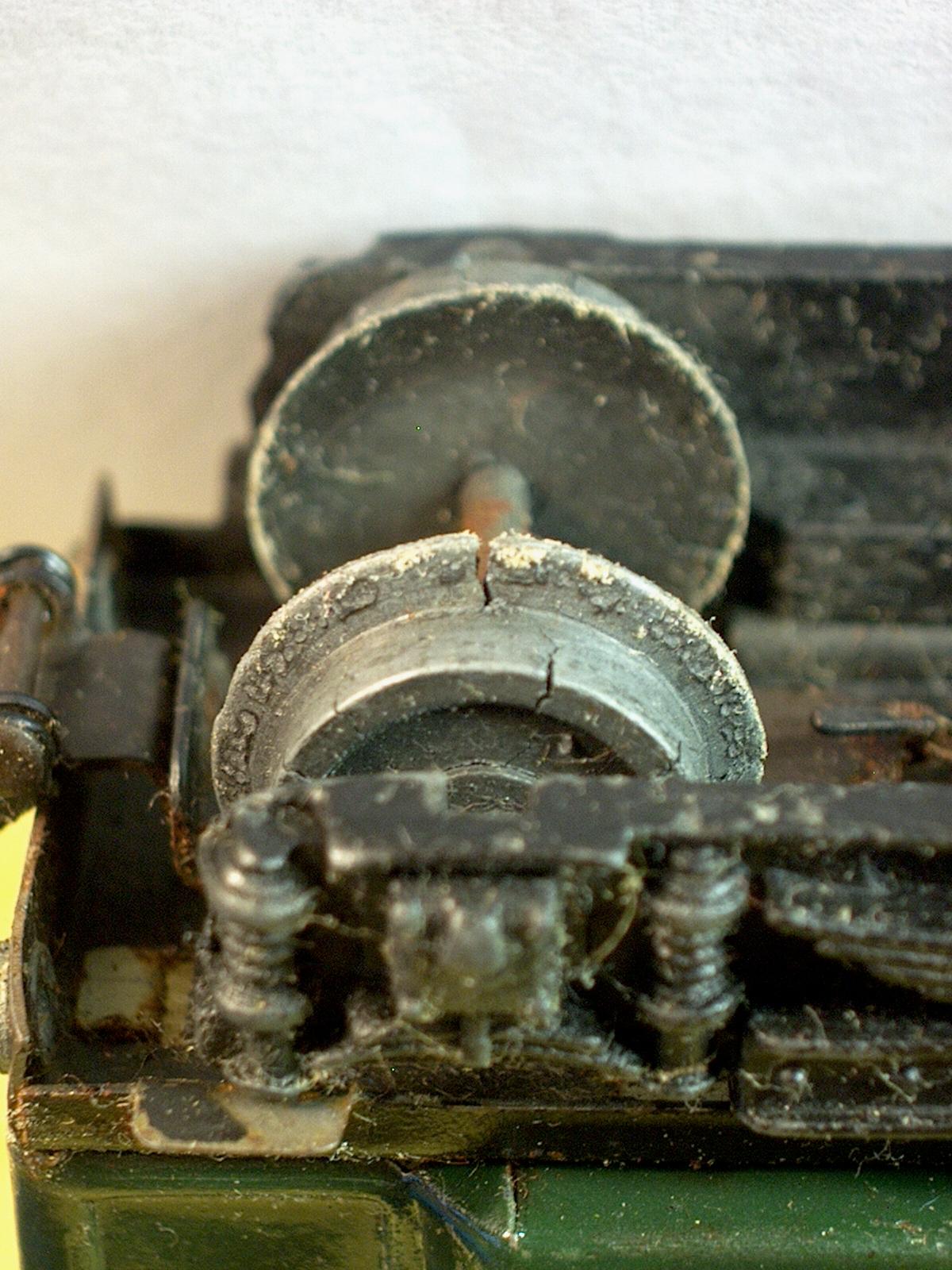- Joined
- Jan 31, 2016
- Messages
- 11,475
@mmcmdl Don’t go to the dark side! You did the honorable thing. I can’t stand seeing a parted out vintage machine on eBay. I try not to hurl my full judgment at the screen. It’s not like I have blueprints and can prove when they had a 100% whole machine. But I unload a good 90% of my judgment on the seller when I think it was whole ha
That machine went to a very young man starting out in our hobby , and I didn't need the lathe . We both made out great . He got the lathe , I got the extra space in the garage .
 And it all went for $400 , he was quite happy .
And it all went for $400 , he was quite happy .


